
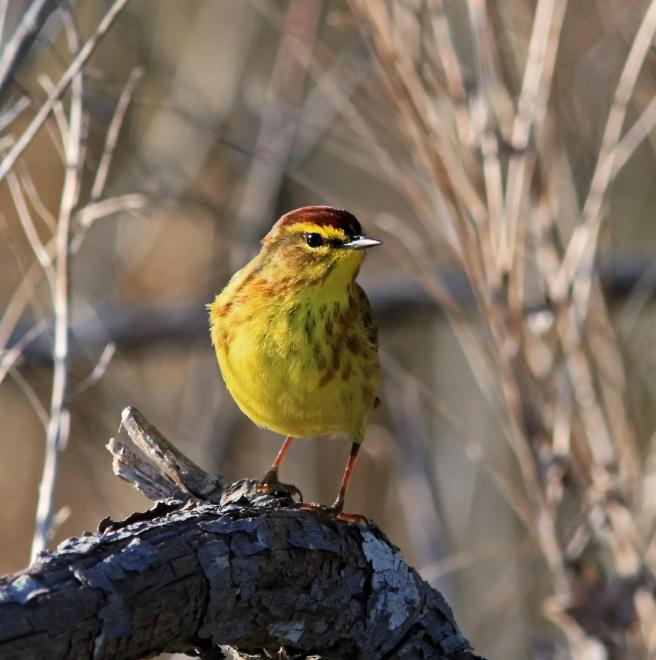
The somber little Palm Warbler is one of the few species of warbler people will regularly see hopping around on their lawns, bobbing their tails as they go. They may appear there both in the winter and during migration. The species nests in spruce bogs, mostly in Canada. During both seasons, Audubon's climate model projects a significant loss of current range by 2080. Potential expansion during the summer is tempered, however, since much of the forecasted new area is on what is now treeless Arctic tundra in Nunavut. The winter range appears likely to undergo a strong northward shift along the east coast and into the Great Lakes region.
Explore more birds threatened by climate change around the country.
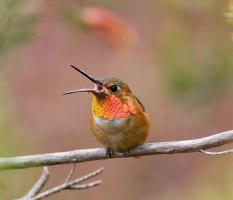
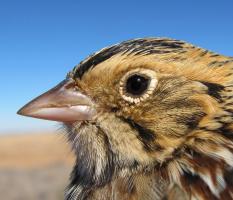
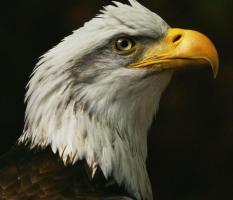
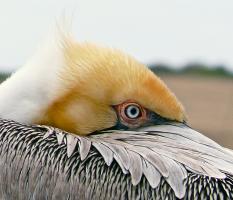

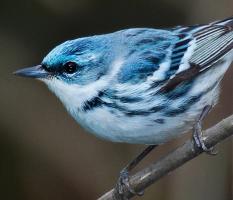
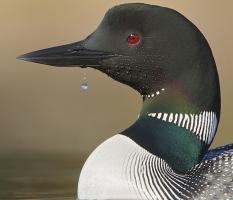
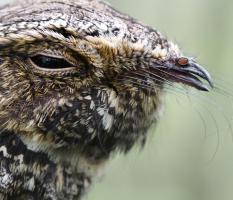





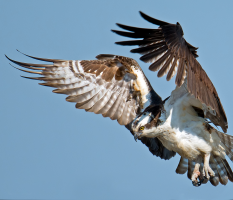
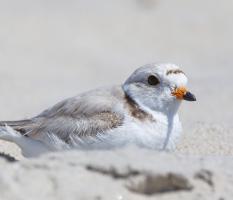

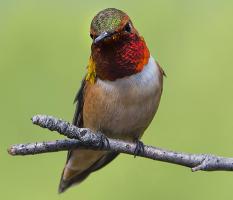

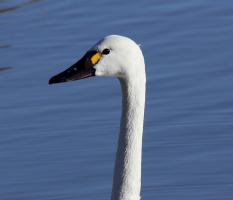
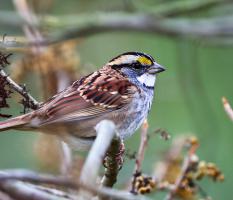

It's easier than you think to make a difference. Become an Audubon member today to help birds facing climate change.